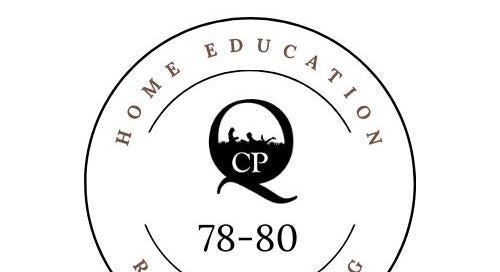X.—THE CHILD AND MOTHER-NATURE
The Mother must refrain from too much Talk.—Does so wide a programme alarm the mother? Does she with dismay see herself talking through the whole of those five or six hours, and, even at that, not getting through a tithe of the teaching laid out for her? On the contrary, the less she says the better; and as for the quantity of educational work to be got through, it is the fable of the anxious pendulum over again: it is true there are countless ‘ticks’ to be ticked, but there will always be a second of time to tick in, and no more than a single tick is to be delivered in any given second.
Making a New Acquaintance.—The rapid little people will have played their play, whether of ‘sight-seeing’ or ‘picture-painting,’ in a quarter of an hour or so; for the study of natural objects, an occasional ‘Look!’ an attentive examination of the object on the mother’s own part, a name given, a remark—a dozen words long—made at the right moment, and the children have begun a new acquaintance which they will prosecute for themselves; and not more [p 79] than one or two such presentations should occur in a single day.
Now, see how much leisure there is left! The mother’s real difficulty will be to keep herself from much talk with the children, and to hinder them from occupying themselves with her. There are few things sweeter and more precious to the child than playful prattle with her mother; but one thing is better—the communing with the larger Mother, in order to which the child and she should be left to themselves. This is, truly, a delightful thing to watch: the mother reads her book or knits her sock, checking all attempts to make talk; the child stares up into a tree, or down into a flower—doing nothing, thinking of nothing; or leads a bird’s life among the branches, or capers about in aimless ecstasy;—quite foolish, irrational doings, but, all the time, a fashioning is going on: Nature is doing her part, with the vow—
“This child I to myself will take:
She shall be mine, and I will make
A lady of my own.”[5]
Two Things permissible to the Mother.—There is one thing the mother will allow herself to do as interpreter between Nature and the child, but that not oftener than once a week or once a month, and with look and gesture of delight rather than with flow of improving words—she will point out to the child some touch of especial loveliness in colouring or grouping in the landscape or in the heavens. One other thing she will do, but very rarely, and with tender filial reverence (most likely she will say her prayers, and speak out of her prayer, for to touch [p 80] on this ground with hard words is to wound the soul of the child): she will point to some lovely flower or gracious tree, not only as a beautiful work, but a beautiful thought of God, in which we may believe He finds continual pleasure, and which He is pleased to see his human children rejoice in. Such a seed of sympathy with the Divine thought sown in the heart of the child is worth many of the sermons the man may listen to hereafter, much of the ‘divinity’ he may read.
Are you following along with us? Grab the reading tracker bookmark!
You will find an appendix with questions in the back of Home Education. These questions were for the students or persons preparing to become “Qualified Members” of the Parents’ National Educational Union. We put these questions on paper for you to use, if you’d like, as you ponder Mason’s writings. A new one will be available every Monday.
Thank you to the team at Charlotte Mason Poetry for making the digital text of Charlotte Mason’s volumes available for all to use.




